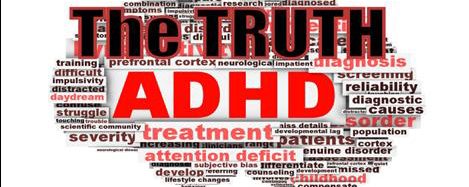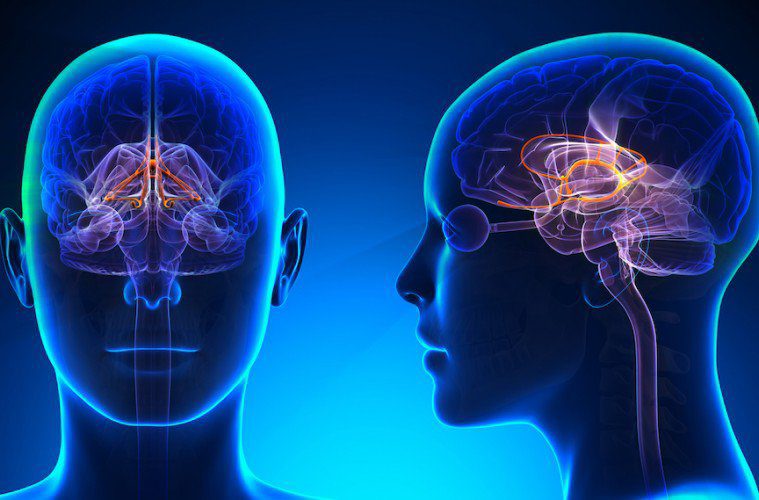(For simplified definitions, refer to glossary below)
The vast majority of studies on the Neuro-Chemical imbalances present in the Brains of ADHD patients, have led to the hypothesis that inattention symptoms, characteristic of the disorder, stem from a lack of Dopamine (DA) within the neural networks of those suffering from the disorder. Conversely, some research, has indicated a possible DA excess in those suffering from ADHD. Hence, the Neurobiology of the DA dysfunction in ADHD has yet to be formally understood in its totality.
A recent study done by Madureira et. Al, took a deeper look into the neural DA activity in patients diagnosed with ADHD and Parkinson’s Disease, to unearth, a more comprehensive hypothesis of how, where and in what form, DA defectiveness alters the behavior of ADHD and PD victims.
By developing a model of neural circuits involved in the functionality of DA neurotransmission, these researchers were able to simulate and visualize alternative explanations for inattention symptoms in ADHD; specifically the role hyper-focus plays as an alternative attentional incompetence encompassed within the symptomology of the disorder.
The following bullet points, briefly summarize their findings, as well as the evidence incorporated into their investigations from other studies on the subject:
-
- Most studies indicate that DA predominately functions in the Mesocortical areas of the Brain, and that this is the location where DA is less active in the Brains of those with ADHD.
-
- This study found that, even though, Dopamine activity in the frontal regions robustly determines the influence of DA activity generally, subcortical (or Mesothalamic) DA neurotransmission also has a significant role in regulating attention.
-
- Mesothalamic (subcortical) DA activity is predominately responsible for the inhibition of non-target stimuli (the object etc. that is to be paid less attention to when trying to focus on target [relevant] stimuli, enabling focus)
-
- When subcortical DA is high, there is less inhibition of irrelevant stimuli, causing inability to focus on the pertinent object of attention. (Hypothesized to manifest itself as hyper-activity, and an inability to focus attention)
-
- When subcortical DA is low, there is too much inhibition of extraneous stimuli (Causing overt focus on the target stimuli, and thus attenuating symptoms of Hyper-Focus)
Hence, although it has been popularized that there is a DA deficit in the brains of those with ADHD, this, and other, studies have also indicated that the dysfunction may be caused by a hyperactivity in DA, sub-cortically (causing symptoms of Hyperactivity and lack of focus). At the same time, it also suggests that the low DA hypothesis accounting for ADHD symptoms, if accurate, and isolated to the subcortical regions of the brain, may lead to mental rigidity, or the inability to shift focus from one stimulus to another.
This evidence confirms that possibly the attentional dysfunction present in ADHD should not solely be constricted, in its view, to symptoms of complete focal impotence, but that it can also encompass scenarios in which the patient overly focuses, beyond the normal capacity of his/her non-ADHD counterparts.
To find out more about the role Psycho-stimulants play in this equation, stay tuned for the next blog, which will set out to demonstrate the current, yet still undisclosed, academic uncertainty about the neurobiology of psycho-stimulant treatment in ADHD, and how these psychotropic remedies can exacerbate the state of hyper-focus, already possibly inherent within the disorder.
Glossary:
Dopamine (DA): An excitatory neurotransmitter (or brain chemical that causes shifts in consciousness), thought to be responsible for influencing motivation, focus and the reward system.
Mesocortical: Predominately characterizing actions of the forebrain, or the front of the brain, an area where most cognitive functions take place (such as thought, interpretation of emotion, analysis etc.).
Mesothalamic/Subcortical: Areas of the midbrain, primarily the thalamus, which, among other functions, play a role in relaying information from the body and from within the Bain itself, to other parts of the brain (such as the Cortical Areas) for processing by the designated region responsible for handling and transmitting information, for the influence of our conscious experiences.
Psycho-stimulants: Psychotropic medications that stimulate the brain, presumably by manipulating DA activity. These medications come in various forms (i.e. Adderrall, Ritalin, Vyvance, etc.), and are used in the treatment of ADHD.


Love your attention to detail and how well you express all the issues of this disease